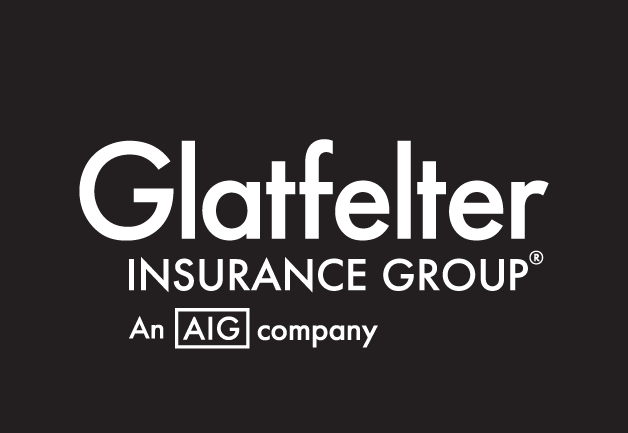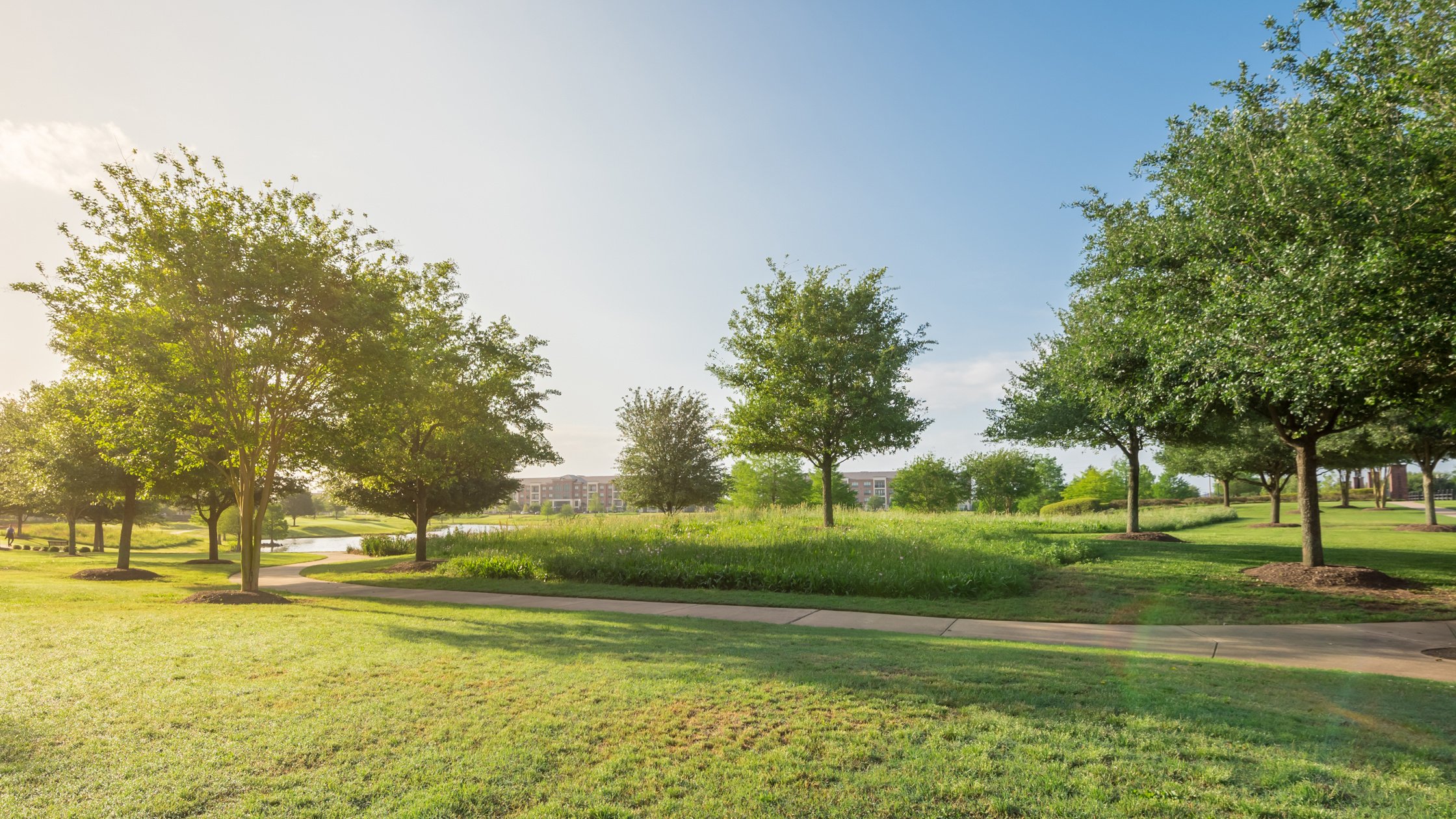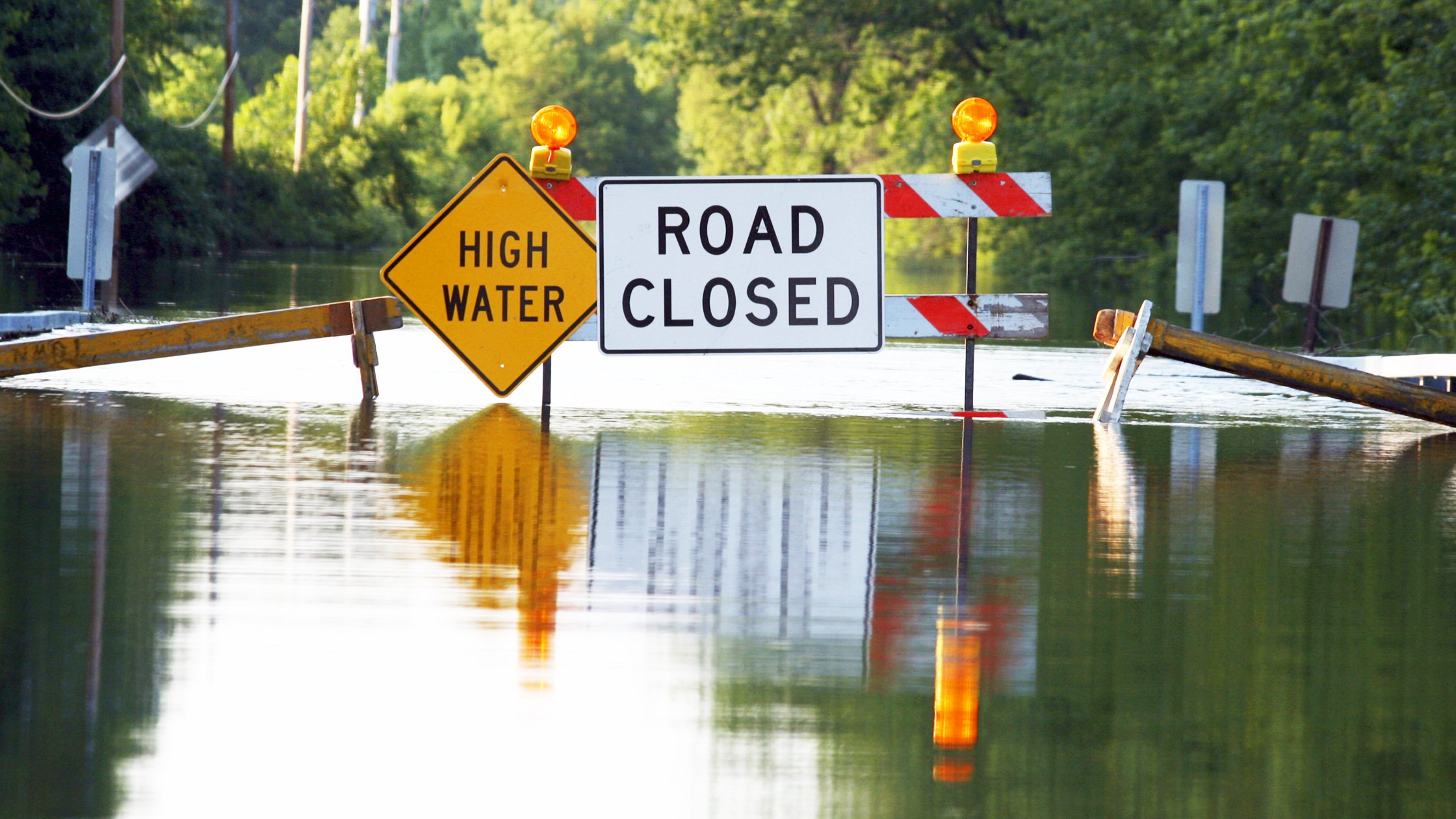From tree-lined sidewalks to shaded parks, planting trees around your community brings practical benefits in addition to the beautiful aesthetic that makes your neighborhoods one-of-a-kind. And with early spring and late fall being the best time to plant trees, you may be making plans to start planting—but are you considering all of the risks that could sprout later on down the road?
Incidents from tree damage following storms are not uncommon. From injuring people and damaging property to hazards on the ground and taking out electrical lines, environmental factors like high winds, freezing rain or heavy snow can greatly increase these risks.
In addition to the risks caused by environmental factors, there are some that can be caused by human and other natural stresses. Whether it’s air pollution and elevated temperatures, or compacted soils and restricted growing spaces—these factors can lead to stunted growth and reduced overall health, or outgrowing their sites and damaging roads, foundations and sidewalks.
Matt Olphin, Glatfelter Public Entities’ Director of Client Risk Solutions, states “Don't overlook the importance of assessing and proactively managing your tree risks. We have all heard about, and maybe even seen, the devastation that can result from a damaged or diseased tree falling and striking a person, vehicle, or building. While uncommon, the resulting damage and bodily injury can be catastrophic. This is especially true for large trees and ones that are near roadways, overhanging buildings, and within reach of a playground.”
With a variety of factors to keep in mind, carefully selecting the right tree type and location is an important first step. While going through this process, ask yourself the following:
- What’s the purpose? Whether it’s for shade, privacy, property boundary marking, etc., knowing this info will help ensure the correct species is selected for the location.
- What are the characteristics? This includes height, weight, spread, root size, branch, leaf and fruit features.
- What weather conditions will affect the tree?
- What’s the longevity of the species?
If possible, working with a certified arborist to assist with selection and placement can help take some of the weight off of your shoulders. This relationship will also give you the upper hand when it comes to performing tree care and diagnosing problems like pests and disease.
Once you’ve made a selection and are ready to start planting, remember these 3 best practices to help cut down on future problems:
- Minimize monoculture: Avoid planting too many trees of a single species, also called monoculture. If not, many trees could be susceptible to disease or death at one time.
- Anticipate final size: With most of the damage from trees occurring to people and buildings that are too close to them, initial planting should be far enough from exposed property and activities to help ensure the tree will fit as intended when it reaches its full size.
- Keep clear of power lines: If you find yourself working around power lines, contact your local electric utility company so they can survey the area and you can develop a safe plan of action.
Even after planting, your job isn’t done. Routine care and evaluation of critical areas will be important to keeping hazards at bay.
Maintain tree health
From pruning lower tree branches to cutting trees back from structures, routine care is important to minimizing risks around your community and keeping your trees thriving. While professionals can help you evaluate and care for your trees, it’s also a best practice to educate staff on how to recognize the signs of an unhealthy tree. Signs may include:
- Dead or dying limbs
- Missing, smaller or curled up leaves
- Insect damage
- Split trees
- New growth sprouting up from the base of an existing tree
- Extensive growth of ivy, mold or fungus
- Nearby construction that may have damaged the tree roots
If staff members notice any of these warning signs, instruct them to alert supervisors immediately to help prevent any accidents or damage.
Keep an eye on critical areas
While routine inspections are important for all trees, you should be keeping a closer eye on those that are located near spaces that are heavily used. Some critical areas to evaluate may include:
- Parking lots and sidewalks
- Entrances and exits to buildings
- Near overhead electrical lines
- Buildings, roofs and walls
- Near large areas of plate glass and skylights
- Outdoor recreational areas
- Near outdoor generators
- Walking paths and running tracks
- Playgrounds
While planting trees can bring plenty of beauty and benefits to your community, ugly outcomes can follow if you’re not aware of their risks. As a community leader, you know the importance planning—and it’ll be just as important when it comes to planting and maintaining the trees throughout your community.
To learn more about the tips listed above, check out our FREE communique.

Richie Almeida, Integrated Marketing Specialist
Richie is an avid movie goer with an addiction to Sour Patch Kids. If he isn’t at the movies, he is at the gym or on a hike trying to make up for his bad eating habits.
DISCLAIMER
The information contained in this blog post is intended for educational purposes only and is not intended to replace expert advice in connection with the topics presented. Glatfelter specifically disclaims any liability for any act or omission by any person or entity in connection with the preparation, use or implementation of plans, principles, concepts or information contained in this publication.
Glatfelter does not make any representation or warranty, expressed or implied, with respect to the results obtained by the use, adherence or implementation of the material contained in this publication. The implementation of the plans, principles, concepts or materials contained in this publication is not a guarantee that you will achieve a certain desired result. It is strongly recommended that you consult with a professional advisor, architect or other expert prior to the implementation of plans, principles, concepts or materials contained in this publication.
This blog post may contain the content of third parties and links to third party websites. Third party content and websites are owned and operated by an independent party over which Glatfelter has no control. Glatfelter makes no representation, warranty, or guarantee as to the accuracy, completeness, timeliness or reliability of any third party content. References to third party services, processes, products, or other information does not constitute or imply any endorsement, sponsorship or recommendation by Glatfelter, unless expressly stated otherwise.
Related posts
Keep these tips in mind to help your water facility minimize the damage and disruption a hurricane could cause.
How you can help protect your most important asset: your people, and how to help them set up their insurance benefits so that they reflect their wishes.







Submit a Comment